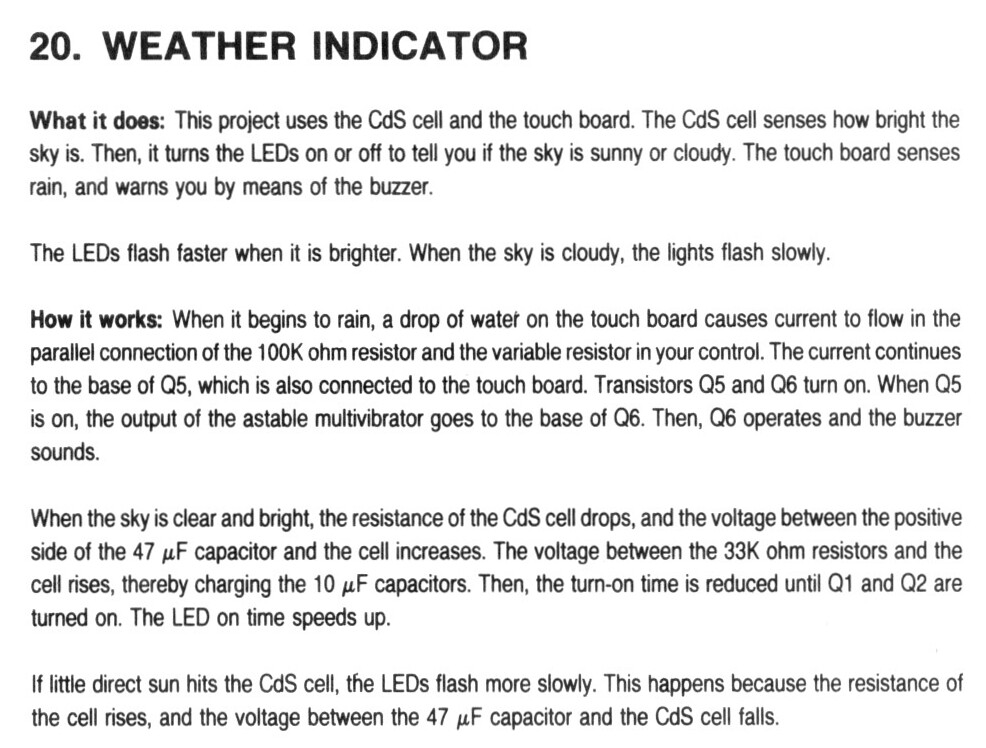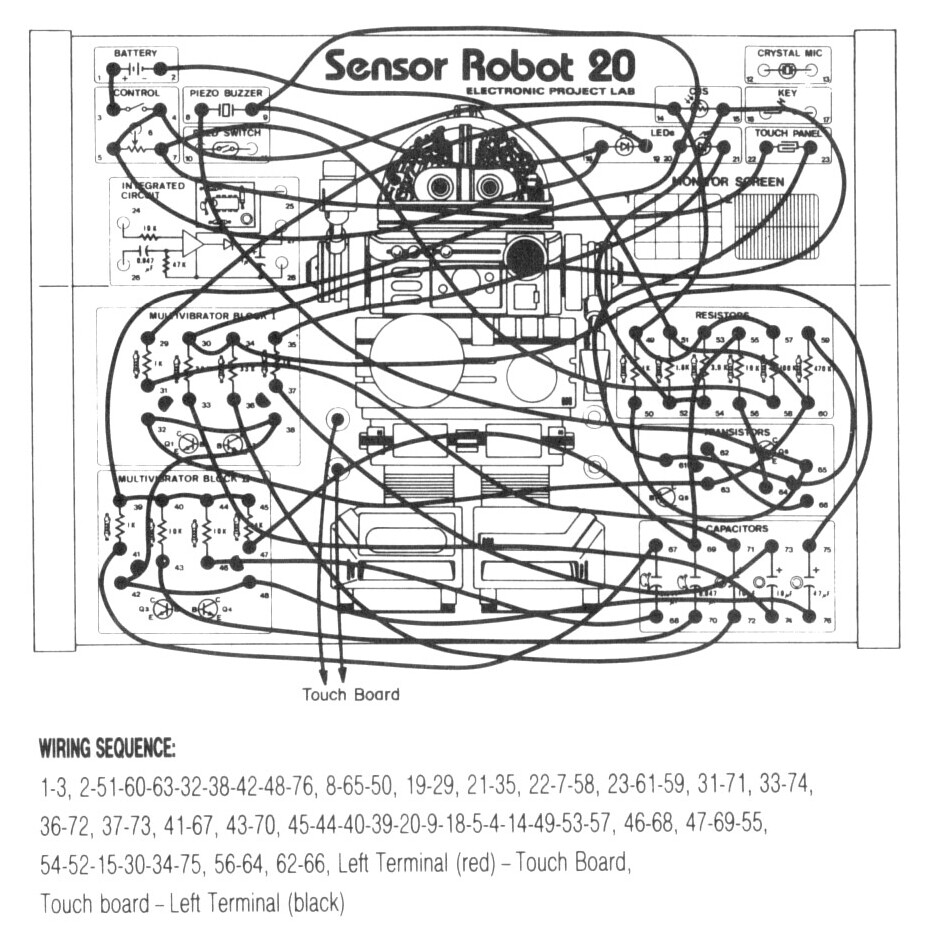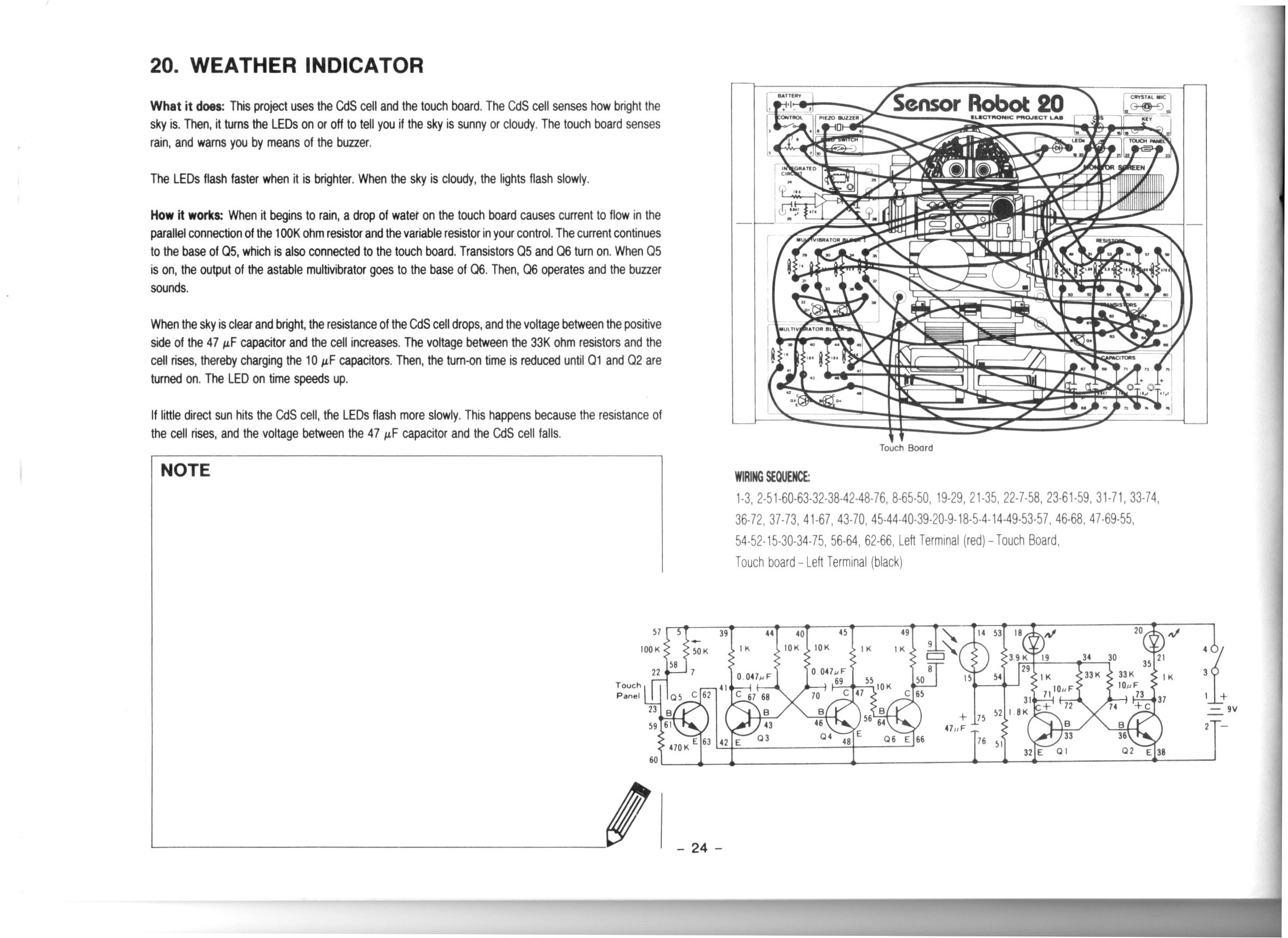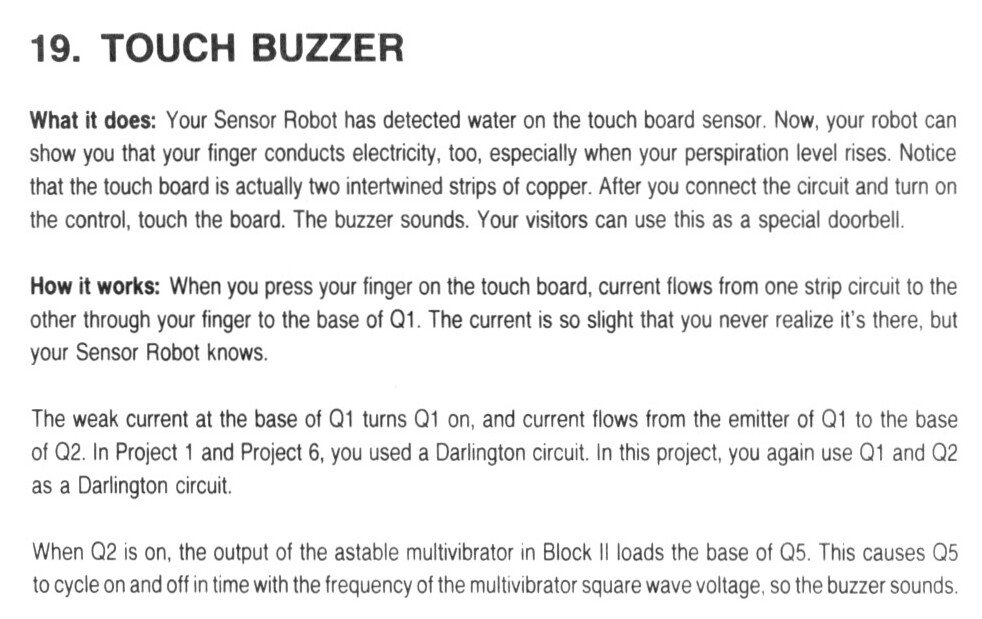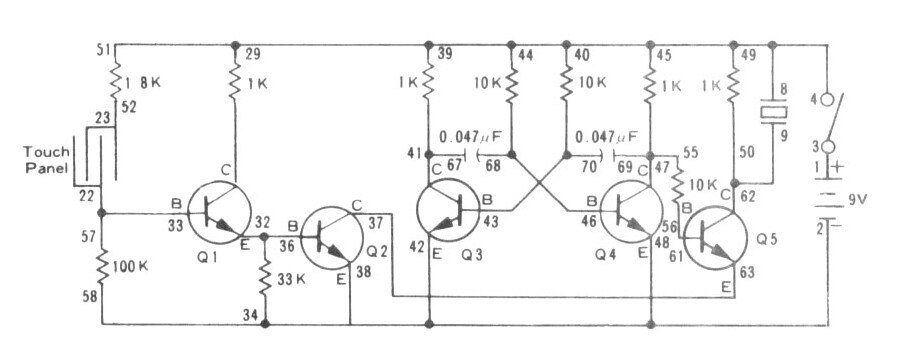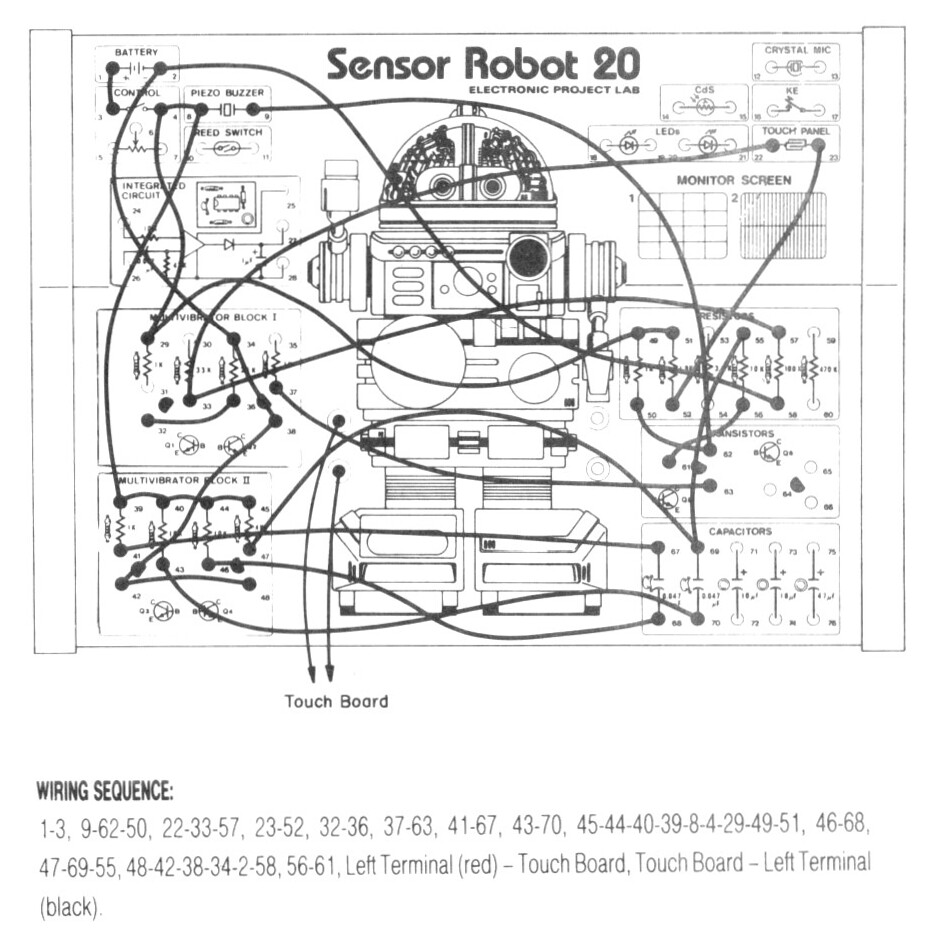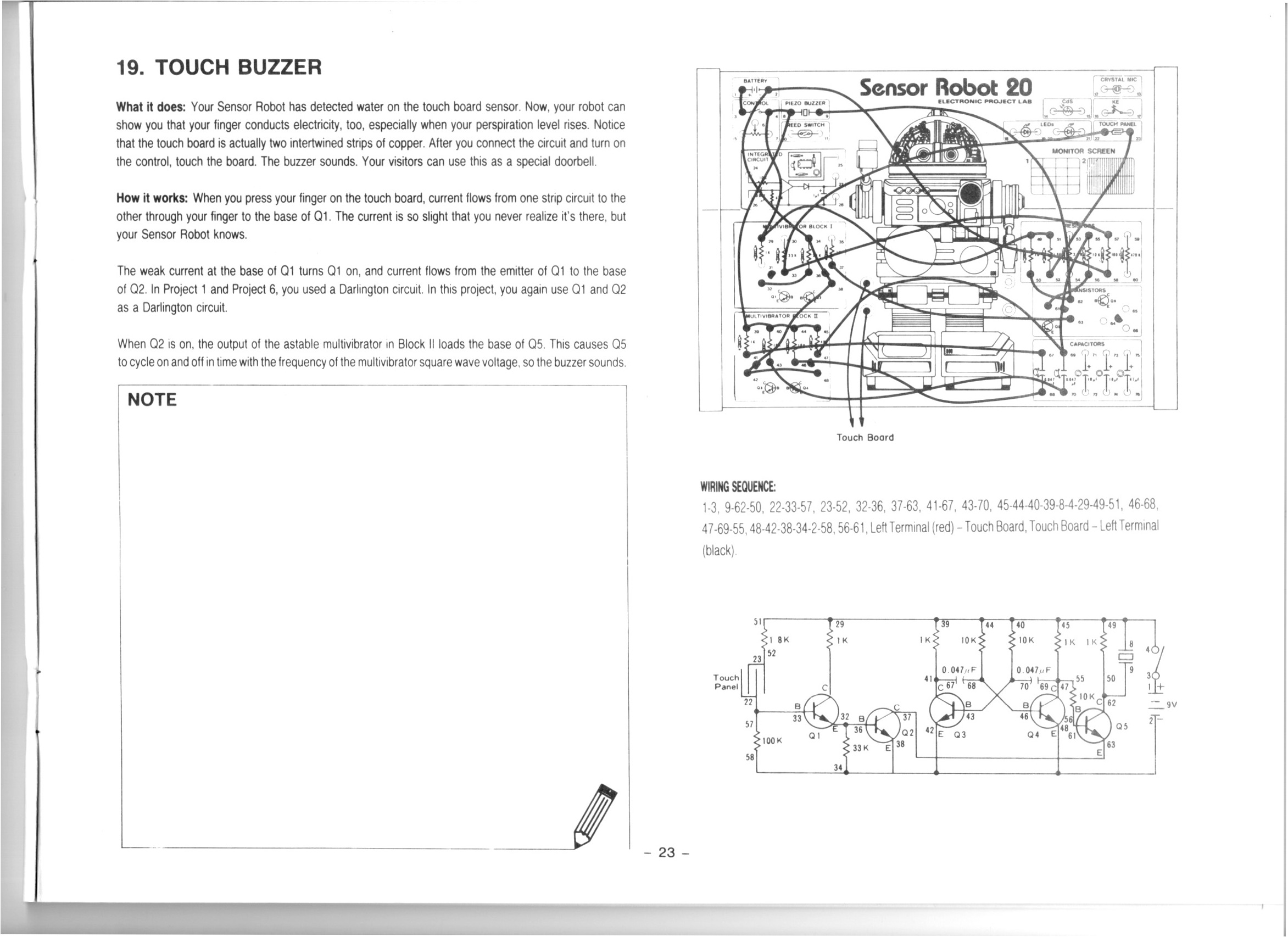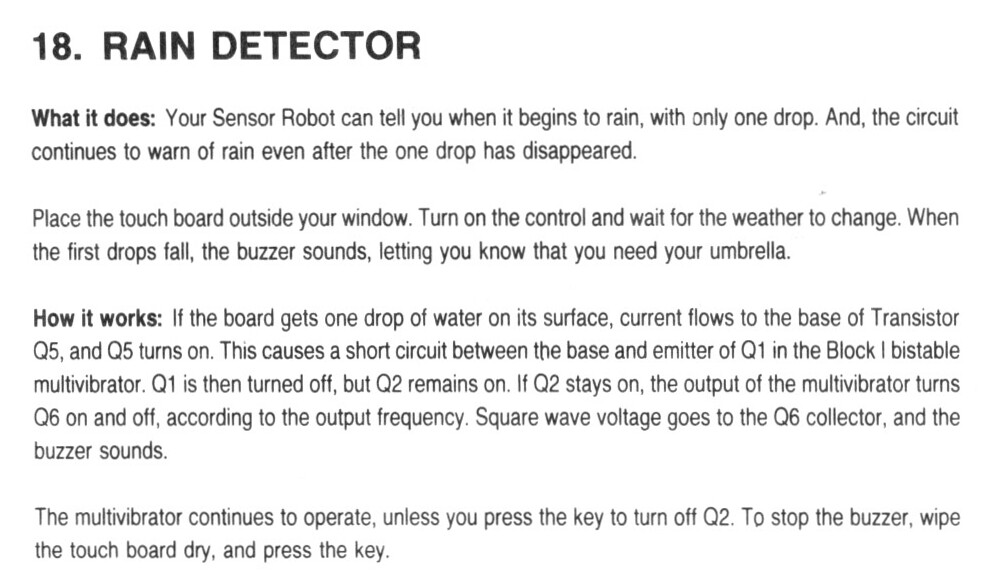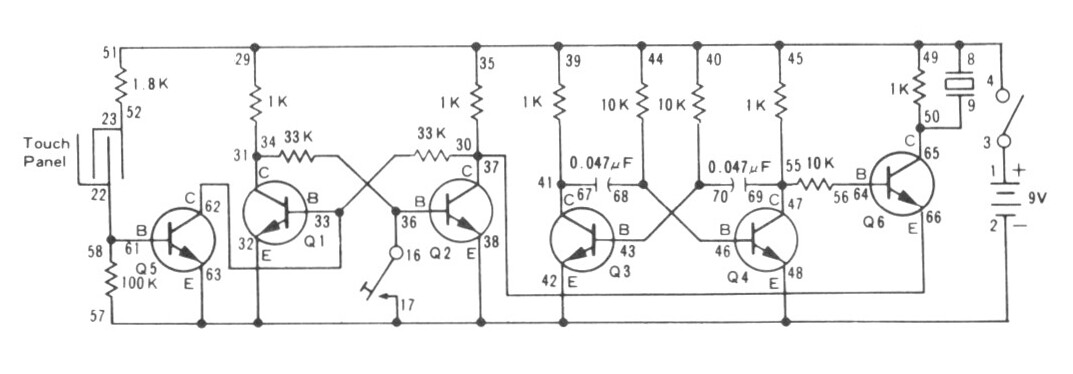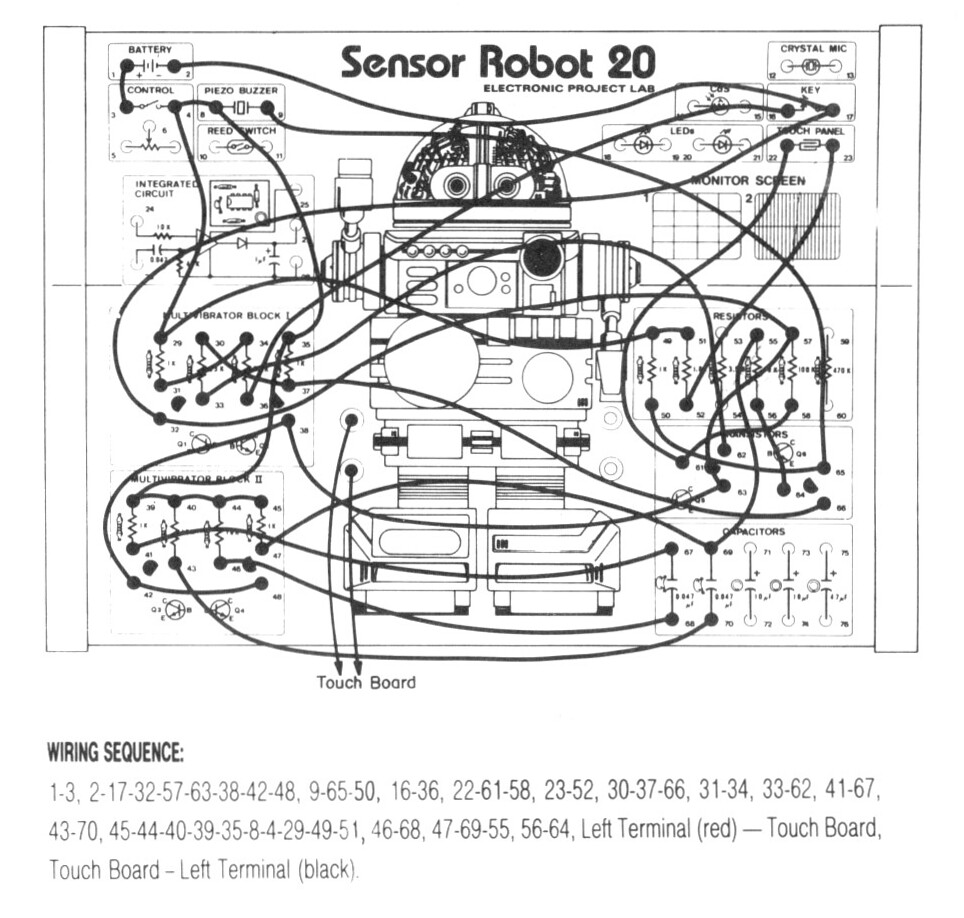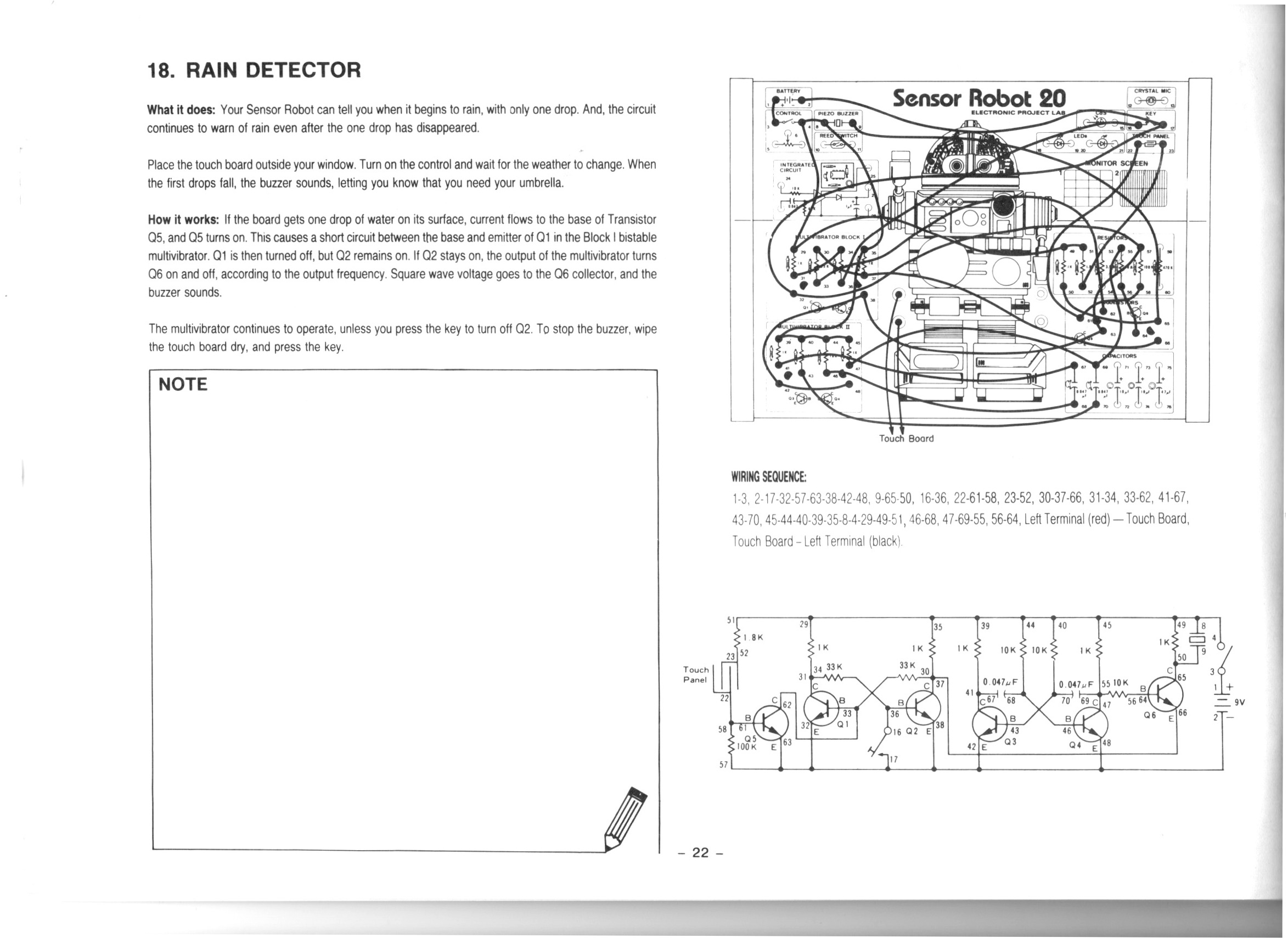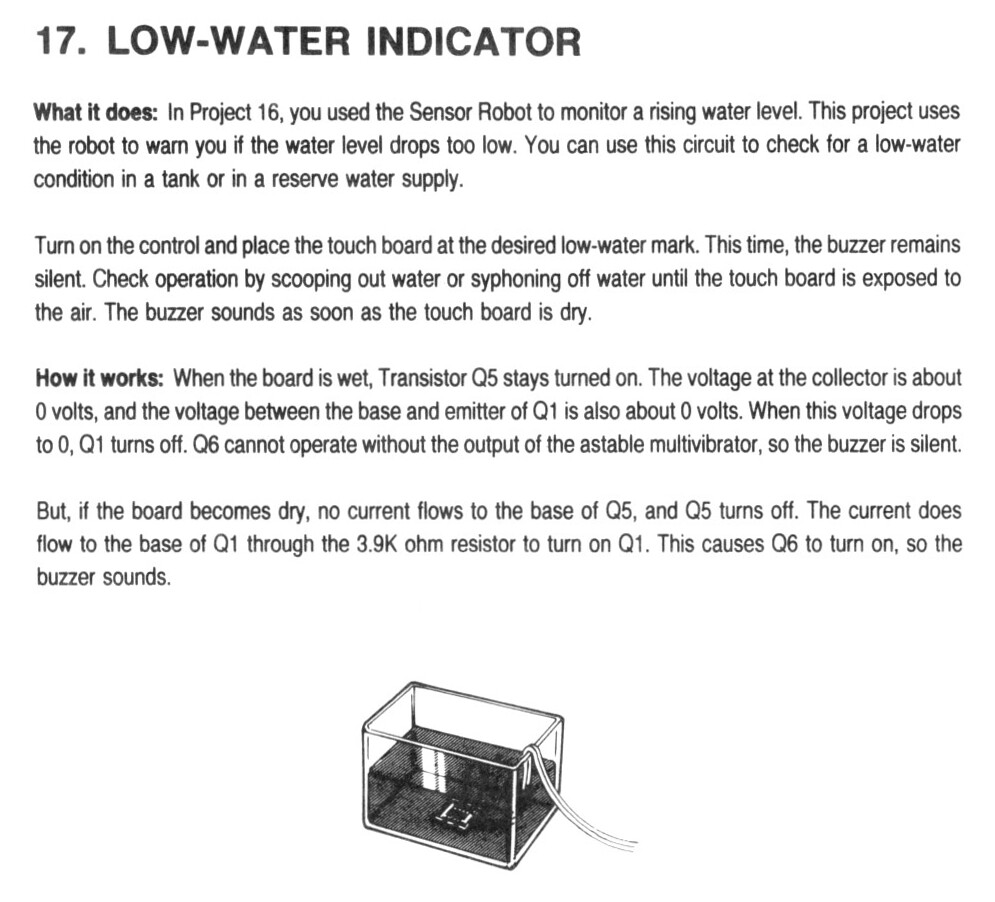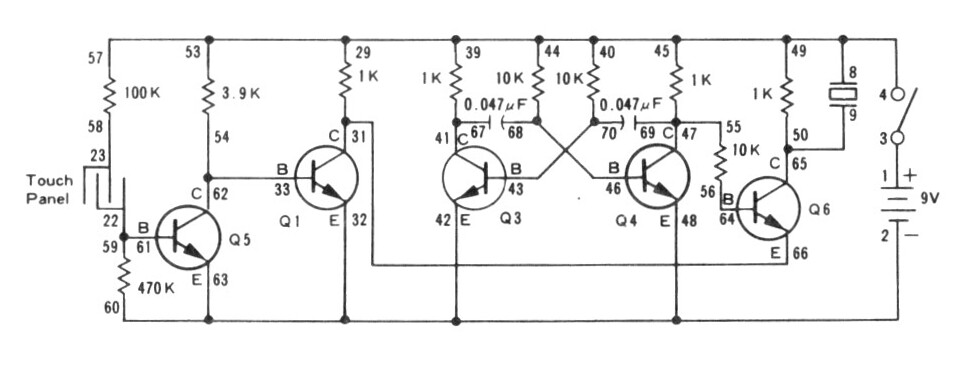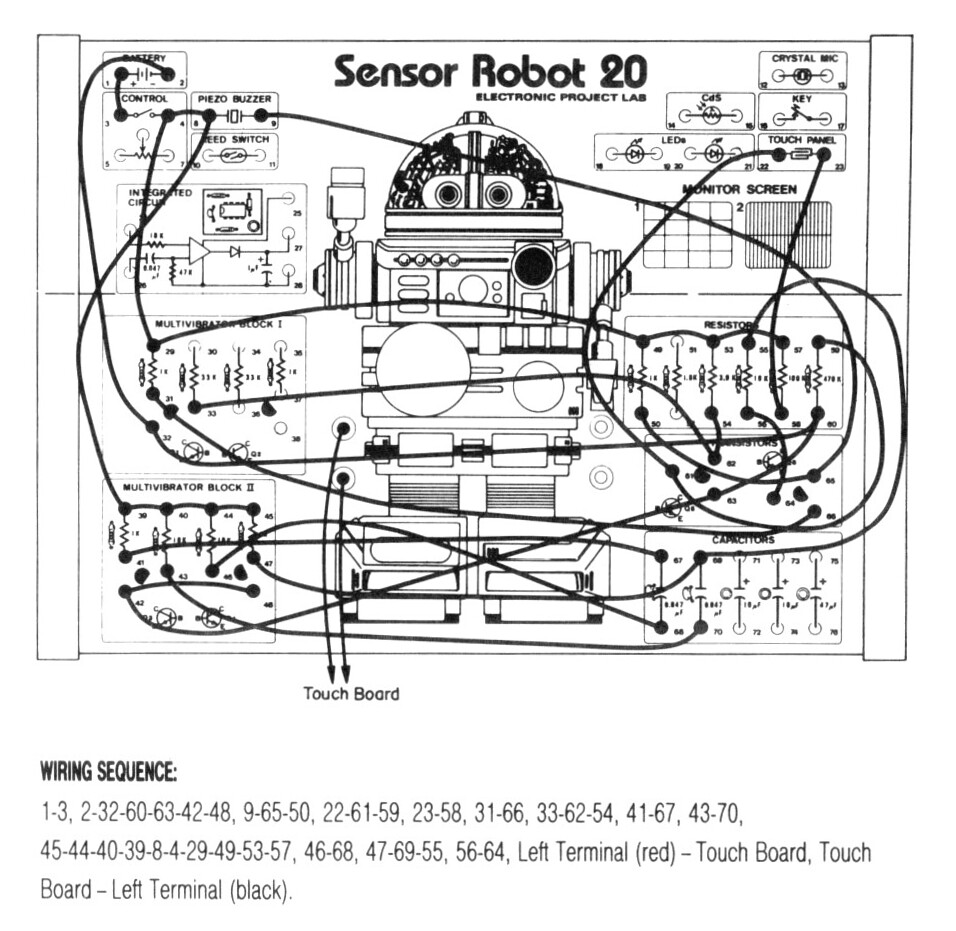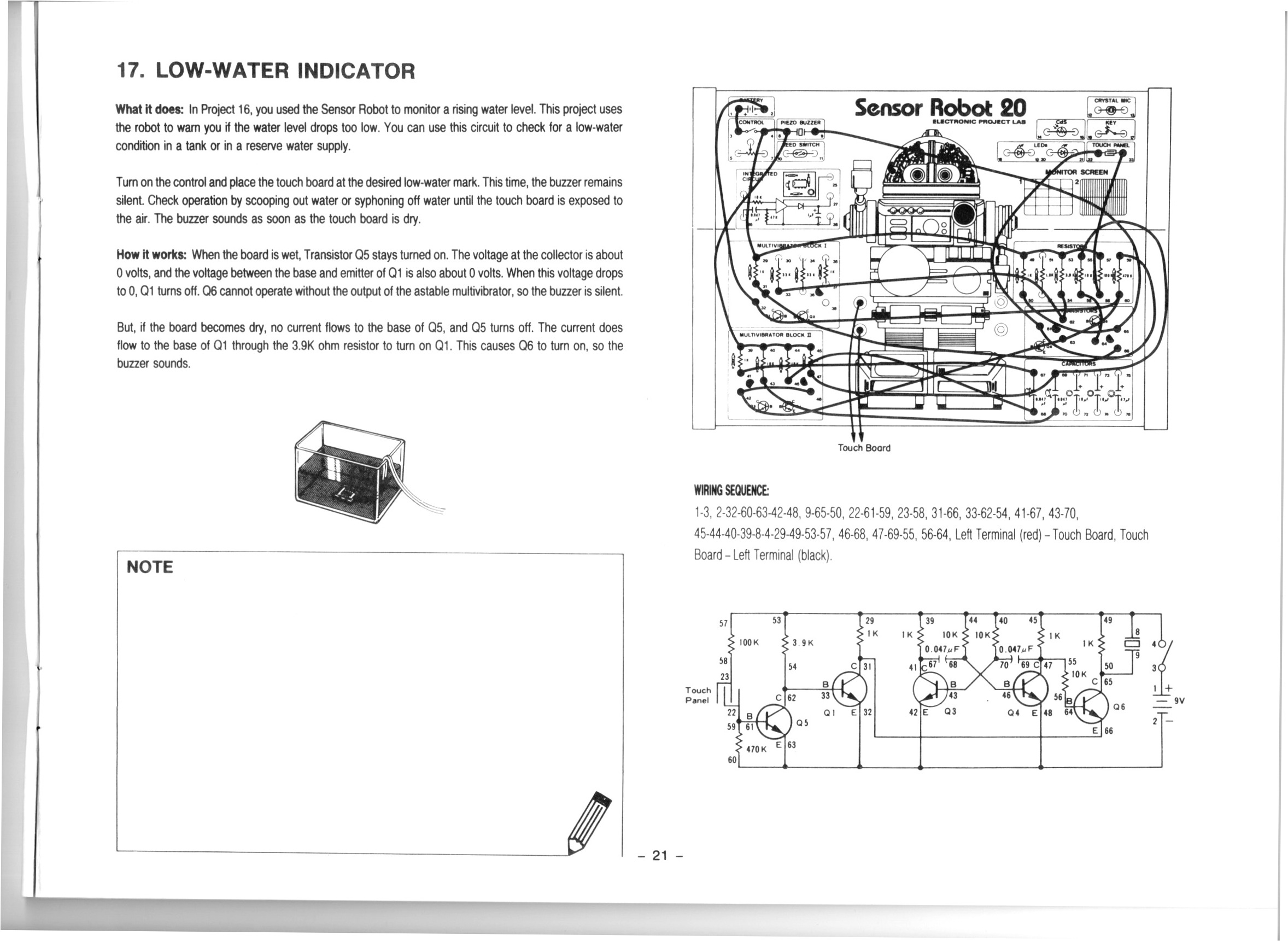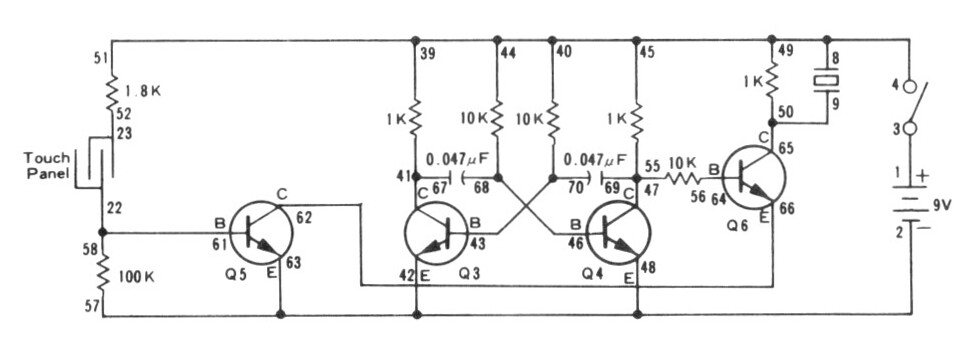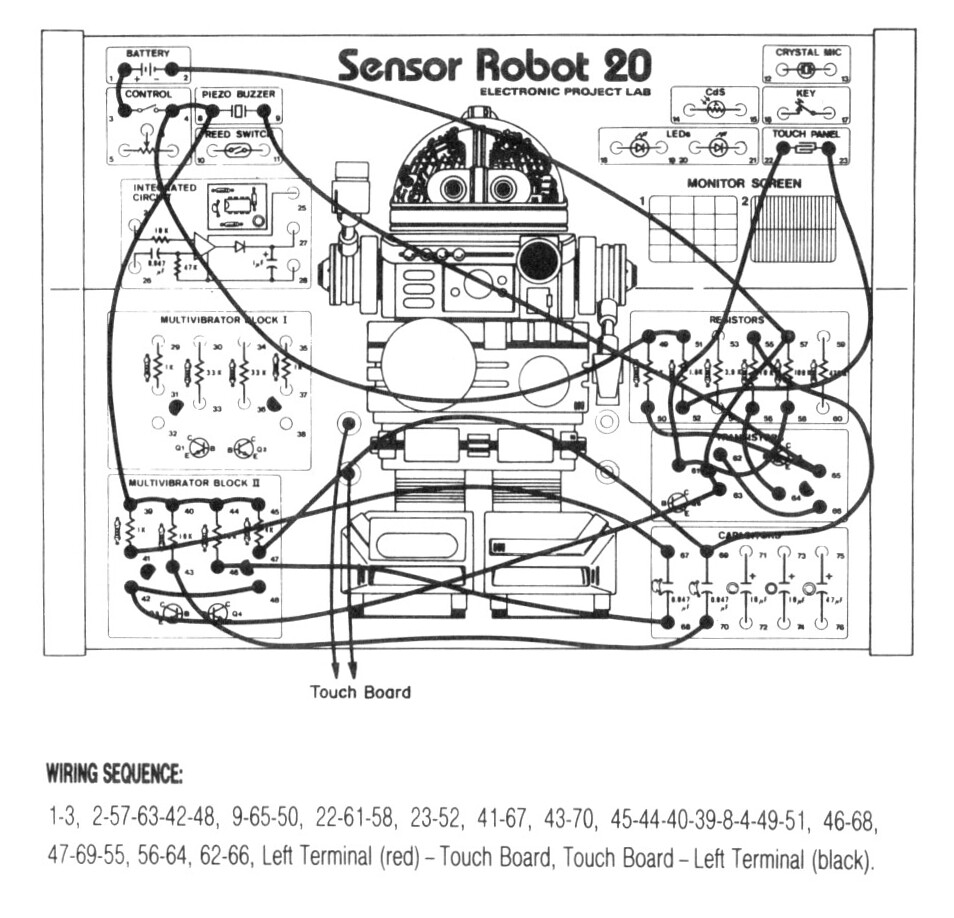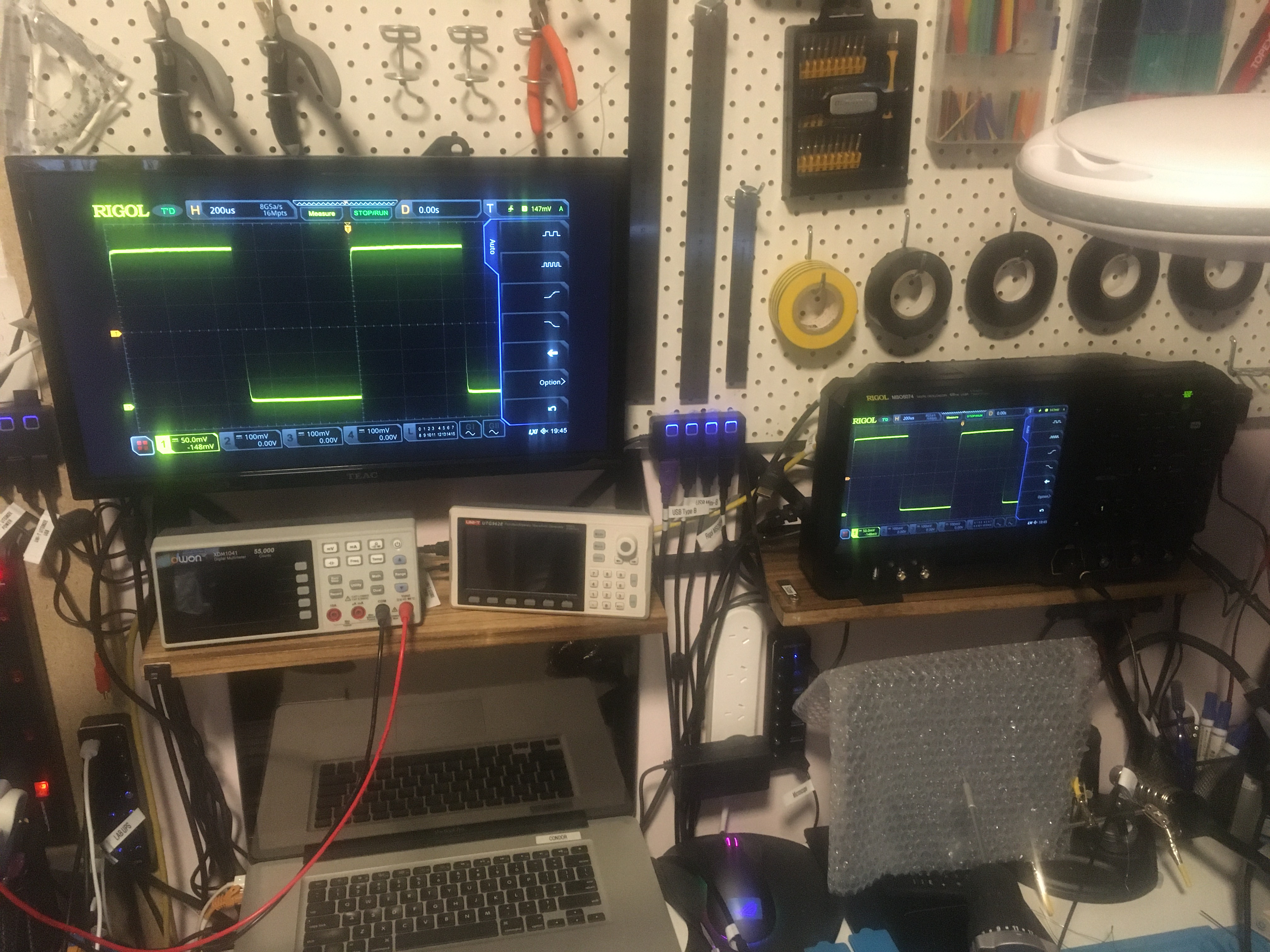This post is part of my video blog and you can find more information about this video.
You can support this channel on Patreon: patreon.com/JohnElliotV
Silly Job Title: Tech Lead. I am the Tech Lead!
In this video we do the 2nd project from the Maxitronix 30in1 Electronics Project Lab Kit: The Electronic Storage Tank.
We use the Rigol MSO5074 Mixed Signal Oscilloscope to measure the voltage across the capacitor.
We use the UNI-T UTi260B Thermal Imager to check for thermal response (there was none).
We use the Riden RD6006 Bench Power Supply to provide 3V to our test circuit.
We use the EEVblog BM2257 Digital Multimeter to measure voltage across the capacitor.
We use the Peak Electronic Design Atlas DCA75 Pro Semiconductor Analyzer to measure the forward voltage of our LED.
We use the Kaisi S-160 45x30cm Repair Mat as our workspace.
Thanks very much for watching! And please remember to hit like and subscribe! :)
Following is a product I use picked at random from my collection which may appear in my videos. Clicking through on this to find and click on the green affiliate links before purchasing from eBay or AliExpress is a great way to support the channel at no cost to you. Thanks!
Rigol PLA2216 Compatible Logic Probe notes notes |
Let’s go shopping!


